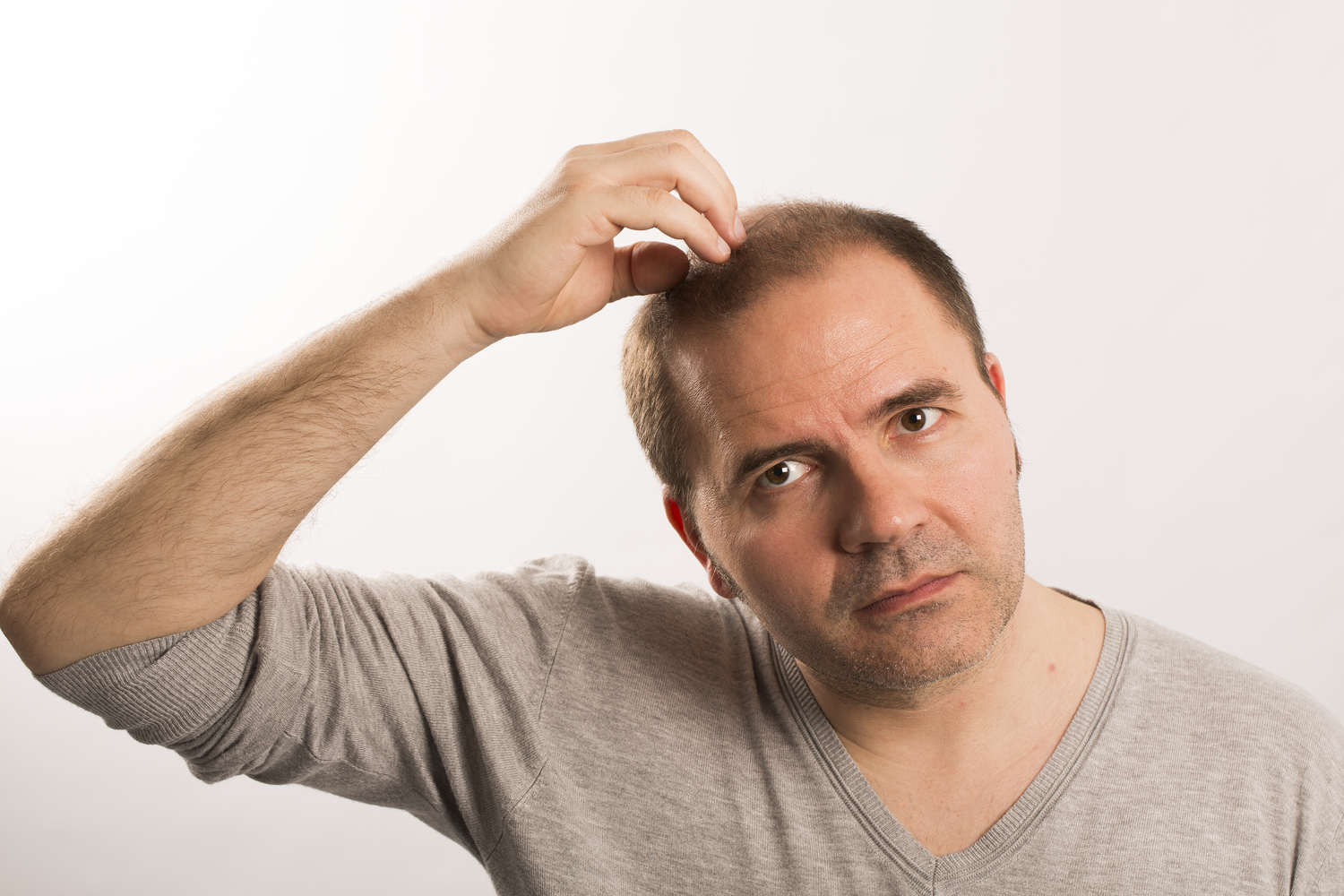
An Essential Guide To Understanding Male Pattern Baldness
Bald is beautiful. Bald is sexy. Bald is the new style statement. Kevin Youkilis, former Boston Red Sox professional baseball player, tennis superstar Andre Agassi, actors Jason Statham, Bruce Willis, Ving Rhames, Sean Connery, and Vin Diesel, WWE wrestler turned movie star, Dwayne Johnson, Senator Cory Booker, and former professional basketball player Michael Jordan are all bald. They have proven to the world that irrespective of what their age or profession is, being bald is something they are comfortable with. So, all those men out there for whom thinning hair and receding hairlines are the reason for stress and anxiety, read this essential guide to understand male pattern baldness.
Symptoms of male pattern baldness
Hair loss is a natural part of the aging process. While for some people this starts when they are 80 years old, for others it might start at 60, 40, or even in their teenage years. Depending on whether there is a genetic disposition to baldness, sensitivity to the dihydrotestosterone hormone and its negative impact on hair follicles, or any fungal infections, chronic physical diseases such as lupus, nutritional deficiencies, or even psychological stress, the result is the same. Male pattern baldness sets in with thinning hair from the temples or sides of the head that develops into receding hairlines, then to balding spots on the crown of the head, and ultimately resulting in total baldness.
Some men accept their changing hair condition and make it look stylish and glamorous. For others who are anxious about how it can be handled, understand it is not possible to prevent androgenetic alopecia, otherwise known as male pattern baldness. Each stage of hair loss and its pattern, however, can be prolonged or slowed down.
Here are a few treatments of male pattern baldness that can be considered:
- Cosmetic ways of disguising male pattern baldness are possible and wearing hats, wigs, glue-in hair extensions, or cloth bandanas cover the baldness.
- Application of medicated hair oils along with scalp massages and using shampoos containing DHT blocking ingredients like ketoconazole, salicylic acid, or saw palmetto extract also helps in preventing hair loss. They stimulate hair growth because of ingredients like biotin, niacin, or rosemary extract present in them.
- Hair weaving, in which natural or synthetic hair is added to existing natural hair on the scalp, helps cover baldness.
- Medically, minoxidil is a topical solution available over-the-counter. When applied to the scalp, this helps stop hair fall and stimulates the growth of new hair.
- Similar to minoxidil is finasteride, a tablet that can be orally consumed, which helps reduce or restricts the production of DHT hormone that causes male pattern baldness. This, however, is a prescription medicine that has to be approved by a physician.
- Hair transplantation is one of the treatments of male pattern baldness that is sometimes preferred. An expensive and lengthy procedure, this involves surgically grafting hair-producing tissue onto balding areas on the head.
Understand the risks and benefits of each kind of treatment of male pattern baldness. Weigh the options carefully and consult a qualified doctor before opting for any treatment.


